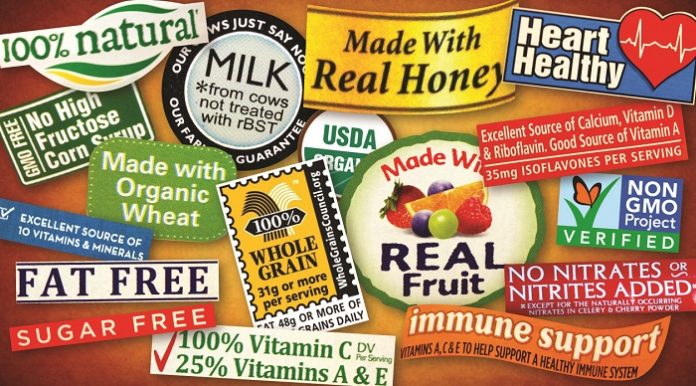
Bruce Levinson, vice president, client engagement, SGK, a division of Matthews Internati- onal presented‘ How To Turn The Nutrition Facts Panel Update Into Your Competitive Advantage’ at the FMI Private Brands Summit, colocated with FMI Connect on 10 June 2015 in Chicago.
For the first time in nearly 20 years, the FDA is proposing a revision of the Nutrition and Supplement Facts Labels, giving manufacturers and brand owners an opportunity toeducate consumers and refresh and grow their brands. The revision of the Nutrition andSupplement Facts Labels, expected to be finalized by early 2016, is being driven by consumers’ desire for clearer, more informative labeling on packaging. The more transparent labels may include more prominent calorie counts, updated serving sizes, and a disclosure on added sugars. The FDA is currently reviewing comments and will finalize the regulation in the coming months.
Levinson addressed what the nutrition label update will mean for brands as well as outlined six steps food and beverage companies should be taking right now to turn the update into a competitive advantage. “The pending changes to the FDA food labelling regulations will re-balance the competitive context, presenting an enormous opportunity for brands,” said Levinson. “Smart companies are already reconsidering their own labeling philosophies and communications habits to better address consumer desire for honest and clear nutrition information – in advance of the pending government regulations.”
“SGK’s advice is for brands to get ‘out in front of’ the FDA’s impending regulation and view it as a comprehensive undertaking, not merely a template for marketing communication. The proposed regulation isn’t the sole purview of regulatory or packaging design departments. It is an ecosystem-wide event that will carry implications and trade-offs for brand, design, purchasing, printers, agencies, retailers and, of course, shoppers and consumers,” added Levinson.
“The proposed nutrition label regulation update presents an enormous opportunity for a brand to separate itself from the pack. The brands that update their labels with shoppers in mind will win new customers and build stronger relationships with the ones they already
have. Proactively think beyond the regulation. Successful brands don’t mistake regulations for marketing plans or messaging strategies. Instead, regulations are merely a springboard toward clarity, transparency and a more profitable relationship for both the consumer and the brand. Winners will think beyond the label – the more prepared brands have a better chance of driving brand performance and of being winners,” concluded Levinson.










